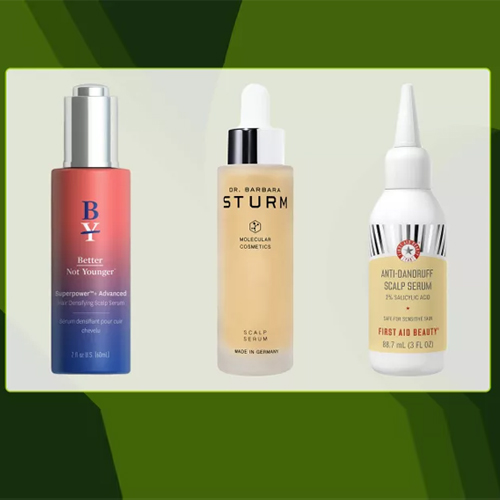
The 10 Best Scalp Massagers Worth Adding to Your Wash Day Routine
Whether you’re looking for relaxation or hair growth, your follicles deserve a little R&R
Ask just about any hair expert, and they’ll likely agree that healthy hair starts with a healthy scalp. The scalp, after all, is an extension of the skin on our face, and needs just as much TLC to flourish—which is where the best scalp massagers come in. These tools deliver many of the same benefits as a good gua sha to the face, and on top of feeling deeply relaxing, can also help with hair thinning and overall loss. Plus, most scalp massagers can be used on any hair texture, making them a must-have.














